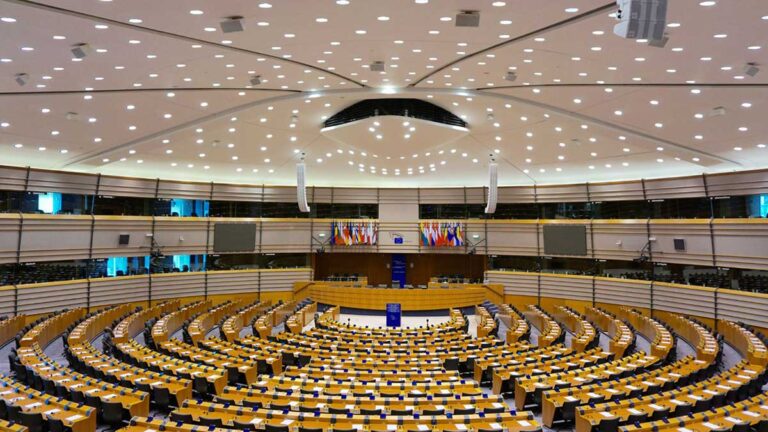The topic of biodiversity loss is no longer addressed only by biologists and environmentalists, but has now also reached the business world, the general public, and the highest echelons of government. As global biodiversity loss is continuing at breakneck pace, there is already increasing talk of a 6th mass extinction.
This loss of biodiversity has significant potential consequences for people. Intact ecosystems provide important services that underpin economic activities – such as pollination services or the natural purification of water. In 2020, the World Economic Forum has calculated that over 50% of global GDP is directly dependent on nature, biodiversity and ecosystem services.
Preserving biodiversity: COP15 and the EU Biodiversity Strategy
Recognizing the importance of halting and reversing biodiversity loss, global governments will be convening at COP15 in Montreal as part of the UN Convention on Biological Diversity in December 2022. The topic of discussion will be deciding on global goals for biodiversity – a “Paris agreement for biodiversity”, aiming to protect, restore, and ensure the resilience of the world’s ecosystems so that by 2050 the vision of living in harmony with nature is fulfilled.
The EU is the decisive global leader in pushing for biodiversity to be at the top of the political agenda. Biodiversity is mainstreamed throughout the EU Green Deal, recognising that limiting global warming to 1.5°C can only be achieved with the help of intact ecosystems. The EU Biodiversity Strategy states that biodiversity loss should be halted by 2030, biodiversity restoration should begin in 2030, and all ecosystems in the EU should be in good conservation status by 2050.
To achieve these goals, EU countries are obliged to expand their protected areas and restore nature. Companies will also need to be part of the solution. Nature restoration and enhancement will be an implicit requirement in order to achieve such goals, making room f alignment with existing corporate plans for using nature to offset or inset residual emissions as part of science-based targets.
Corporate biodiversity requirements as key aspects of CSRD and EU taxonomy
Corporate biodiversity requirements are fast approaching in the coming months with the CSRD (Corporate Sustainability Reporting Directive) and the EU taxonomy. Both will impose new biodiversity reporting obligations for companies. These requirements are expected to cover not just companies’ own operations, but also their upstream and downstream value chains.
These come at a time in which the EU is cracking down on greenwashing and pushing for increased transparency on corporate sustainability overall. Inclusion of biodiversity in the EU taxonomy is expected to help catalyse investment in biodiversity-positive activities. There are no final versions of the CSRD and the EU Taxonomy for biodiversity yet, but existing drafts indicate that sustainability reporting will become increasingly complex when it comes to biodiversity.
Tips for companies: how to meet the increasing requirements and contribute to biodiversity
Corporate standards such as The Science-Based Targets for Nature (SBTN) and Task-Force for Nature-Related Financial Disclosures (TNFD) are also approaching centre stage, building on the successes of SBTi and TCFD in the climate space. Biodiversity is by definition site-specific – such data will be important but are often not readily available to companies. Given this, denkstatt recommends starting early enough with data collection even if the final disclosure requirements of the CSRD are not yet available.
What is more, corporates can already start familiarizing themselves with the draft requirements of SBTN and TNFD, starting with materiality assessment and baseline biodiversity screening to determine relevant biodiversity aspects for the company both in terms of topics and in terms of locations. What should definitely be stressed though is that due to the site-specific nature of biodiversity, one-size-fits-all solutions will be hard to come by. Each company will need to tailor its analyses and actions to their specific context.




